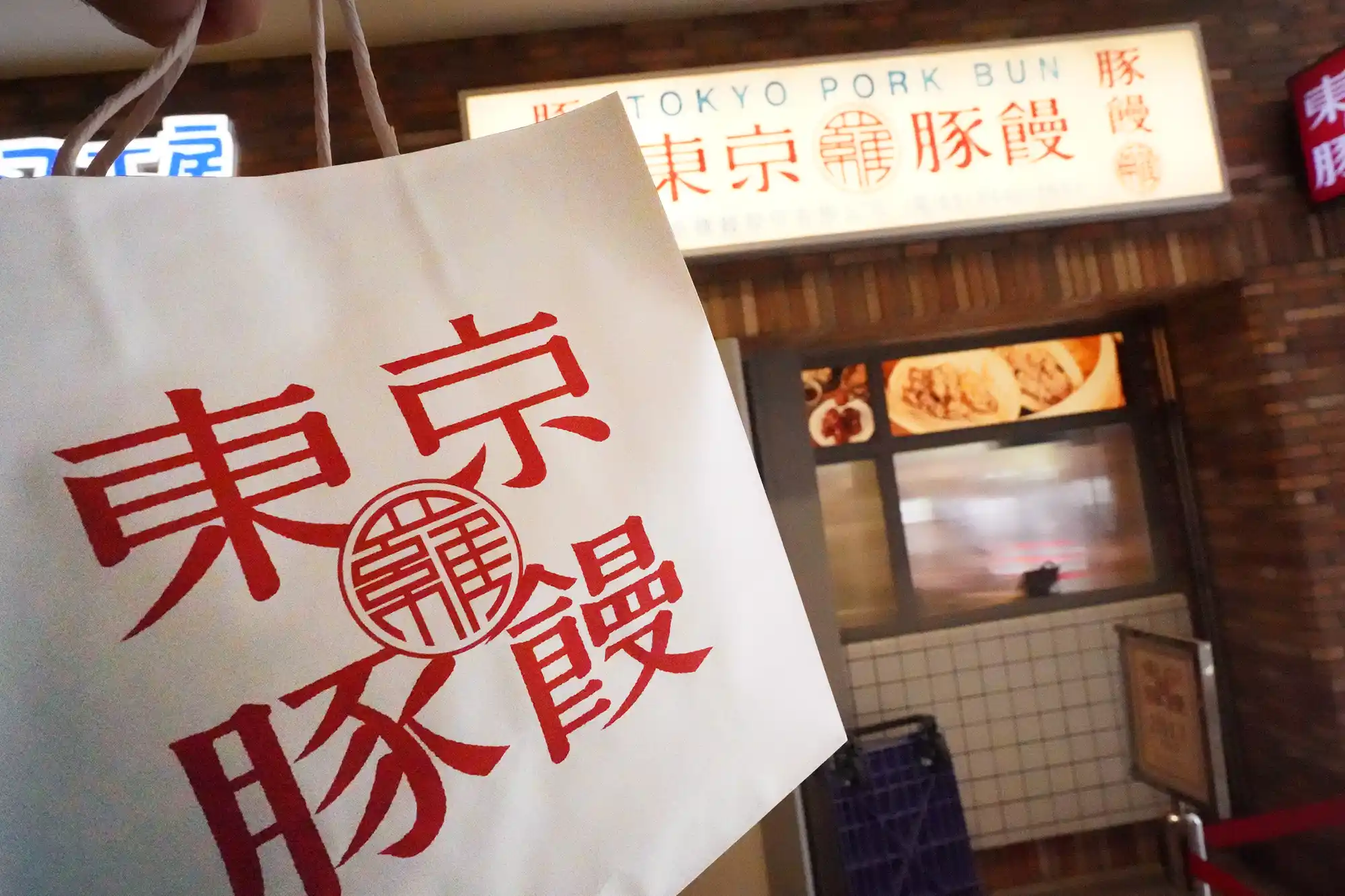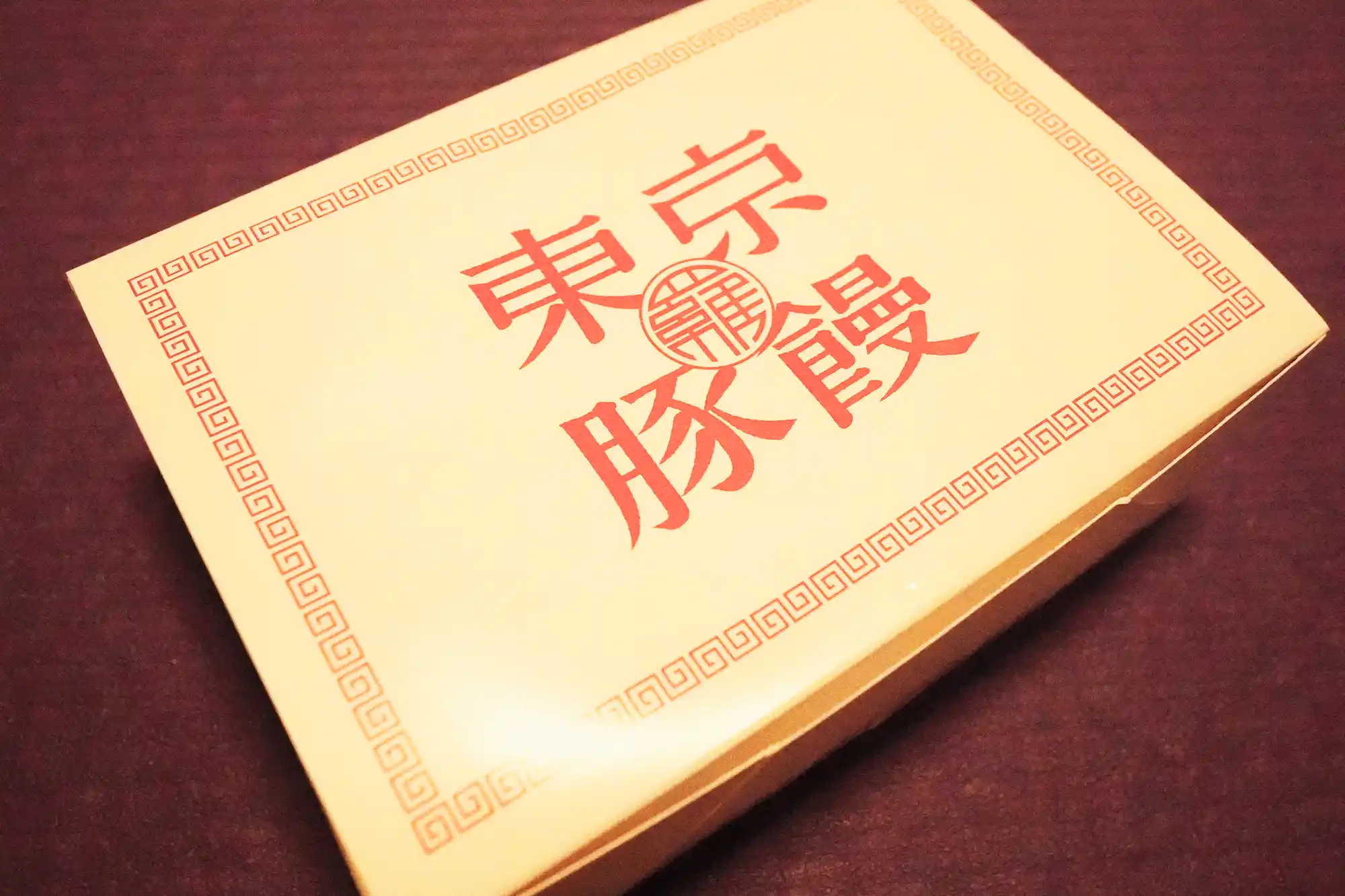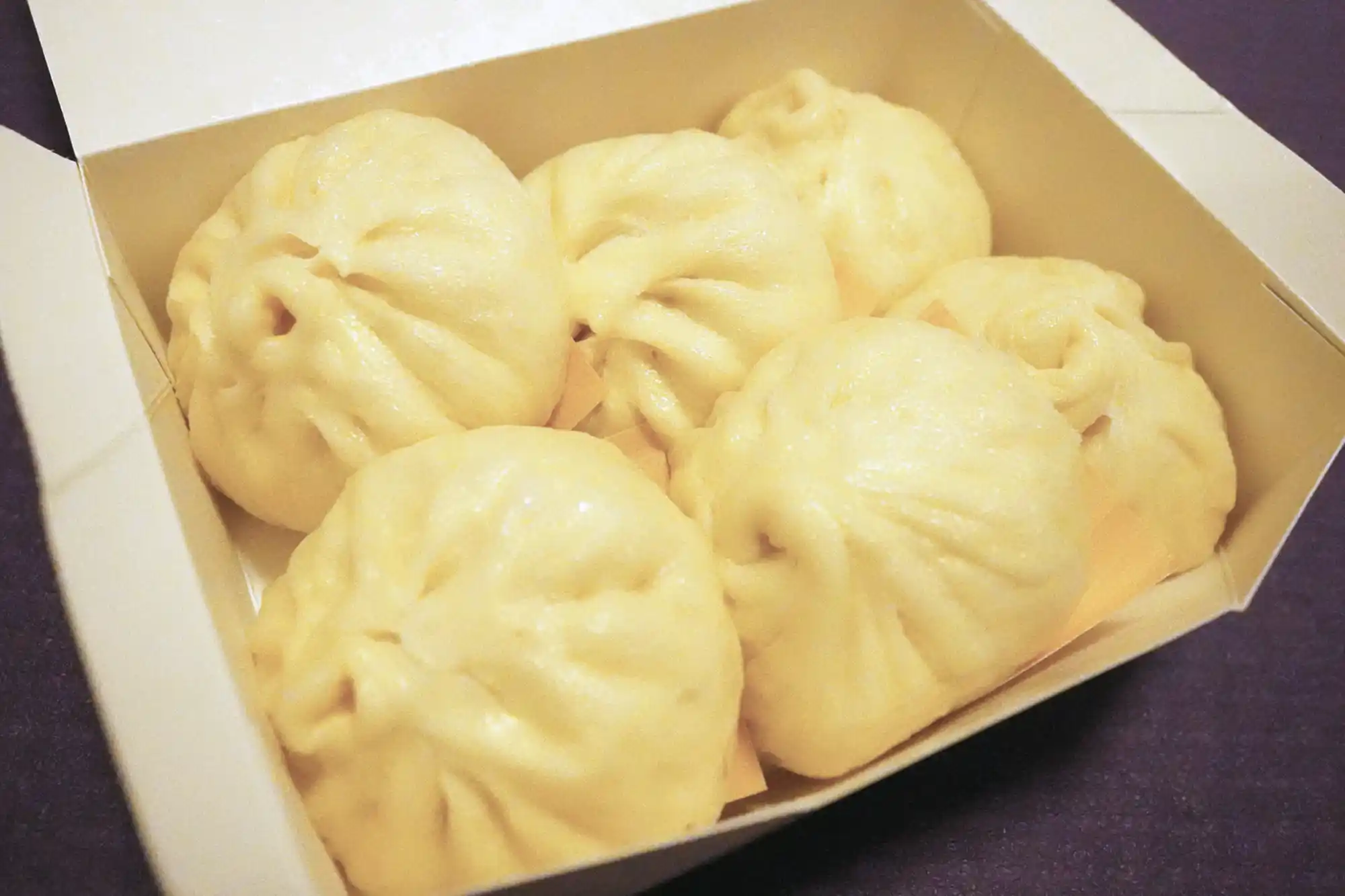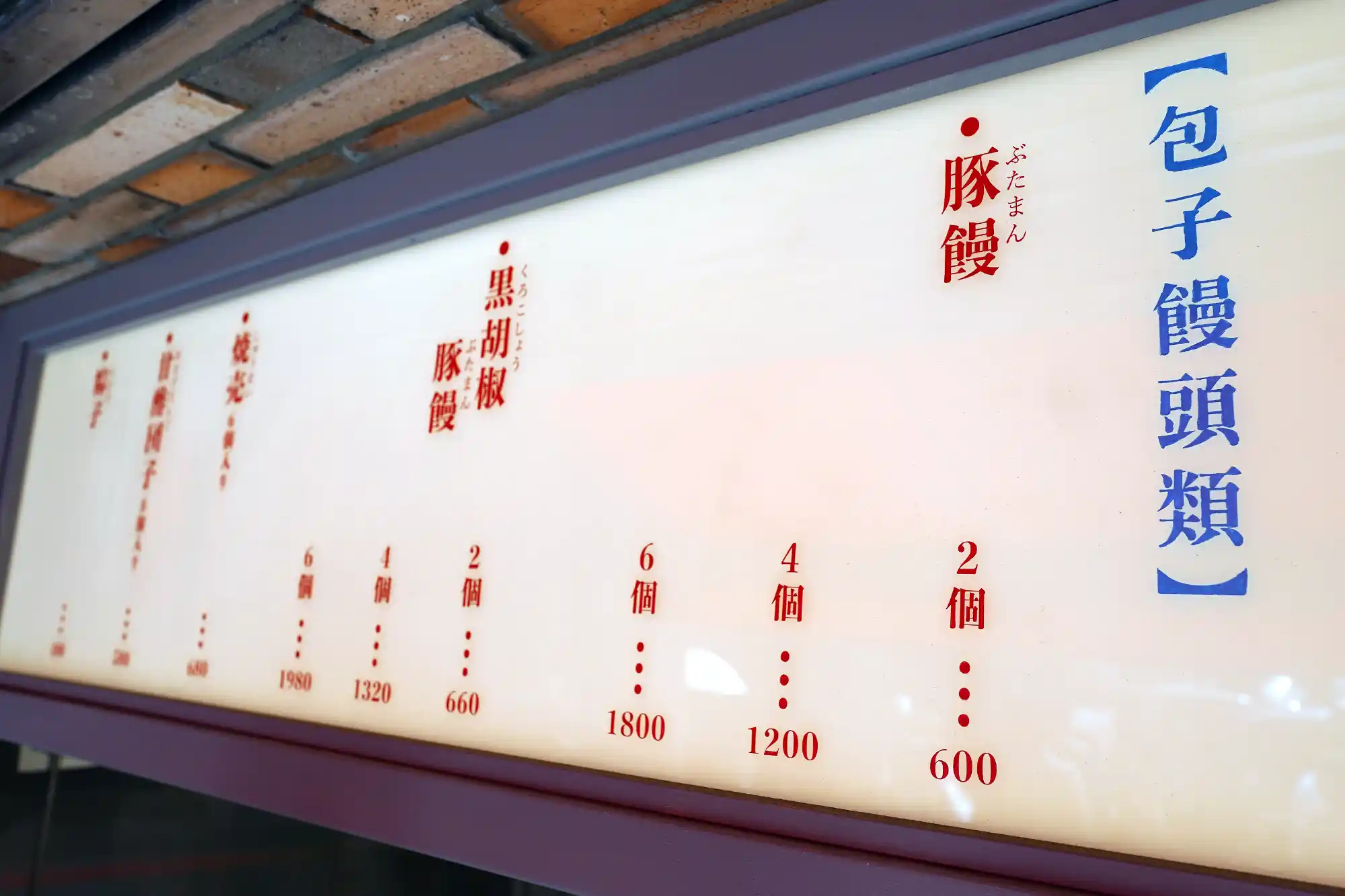Best Pork Buns in Tokyo: Tokyo Butaman vs 551 Horai – A Must-Try Japanese Food Experience
Discover where to find the best pork buns in Tokyo—authentic, juicy, and handmade daily. From Osaka’s iconic 551 Horai to Tokyo Butaman, this guide reveals the difference between nikuman and butaman, and why these buns are a must-try for any visitor to Japan.

What Is Butaman in Japan?
Japan’s steamed pork buns are known by two names depending on the region:
- In Eastern Japan (Tokyo), they’re usually called nikuman, which literally means “meat bun.”
- In Western Japan (Osaka), the same item made with pork is specifically called butaman, meaning “pork bun.”
Why the difference? In Western Japan, “meat” often means beef, so pork-based buns get their own name. Butaman is soft, fluffy, and packed with juicy pork—a comforting snack you don’t want to miss.
The Legend of 551 Horai
If you’re visiting Osaka, 551 Horai is a must-eat. Since 1945, they’ve been serving some of Japan’s most iconic pork buns—selling over 170,000 per day! Their secret? A sweet, fluffy bun filled with a savory pork and onion filling, handmade fresh every single day.
551 is deeply rooted in Osaka culture, but sadly, they don’t sell outside of Western Japan.

Tokyo’s Answer: Tokyo Butaman (東京豚饅)
No need to travel to Osaka anymore! Thanks to Tokyo Butaman, you can now enjoy 551-style pork buns right in the heart of Tokyo. - Instagram
Founded by the grandson of 551 Horai’s original founder, Tokyo Butaman recreates the original recipe with a Tokyo twist. These buns are:
- 100% handmade
- Free from preservatives and additives
- Made and sold on the same day
Each bun features premium pork, sweet onions, and a delicately balanced flavor profile.
Store Locations:
- Ebisu (Main Store) - Map
- Shinjuku (EATo LUMINE) - Map
- Jiyugaoka - Map
- Kichijoji - Map
- Kawasaki (Lazona Plaza) - Map
- Akihabara (Chilled Buns & Takeaway Only) - Map

Tokyo Pork Buns Like 551 – Here’s What to Expect
Searching for Tokyo pork buns like 551? Tokyo Butaman is your best bet.
While similar in taste and texture, Tokyo Butaman’s buns are slightly softer and less sweet than 551’s. Want a twist? Try their Black Pepper Butaman for a spicy kick. At their Akihabara location, you can even grab chilled versions to take back to your hotel or home—with simple reheating instructions.

Japanese Nikuman vs Butaman – What’s the Real Difference?
Let’s break it down:
- Nikuman = Eastern Japan term for meat buns (usually pork)
- Butaman = Western Japan term for pork buns, used to avoid confusion with beef
Butaman often comes with a more savory and bold flavor, making it a favorite for serious meat lovers.

Real Reviews from Travelers
“These buns taste exactly like 551! I had them at Shinjuku Station—total flavor nostalgia.”
“The black pepper pork bun is bold, juicy, and full of spice. Loved it!”
“I didn’t expect to find buns this good in Tokyo. It’s a perfect snack between sightseeing spots.”
Why You Should Try Butaman in Tokyo
- No need to fly to Osaka—get a similar 551-style experience in Tokyo
- Handmade daily and completely preservative-free
- Perfect for takeout, snacking, or souvenir gifts
- A unique glimpse into Japanese local food culture
Final Thoughts
If you’re visiting Japan and want a taste of true local street food, butaman is a must-try. Tokyo Butaman brings Osaka’s iconic flavor to the capital, making it accessible for tourists.
Now that you know what butaman is in Japan, go experience it yourself. Skip the convenience store nikuman—get the real deal instead.
Your taste buds will thank you.
